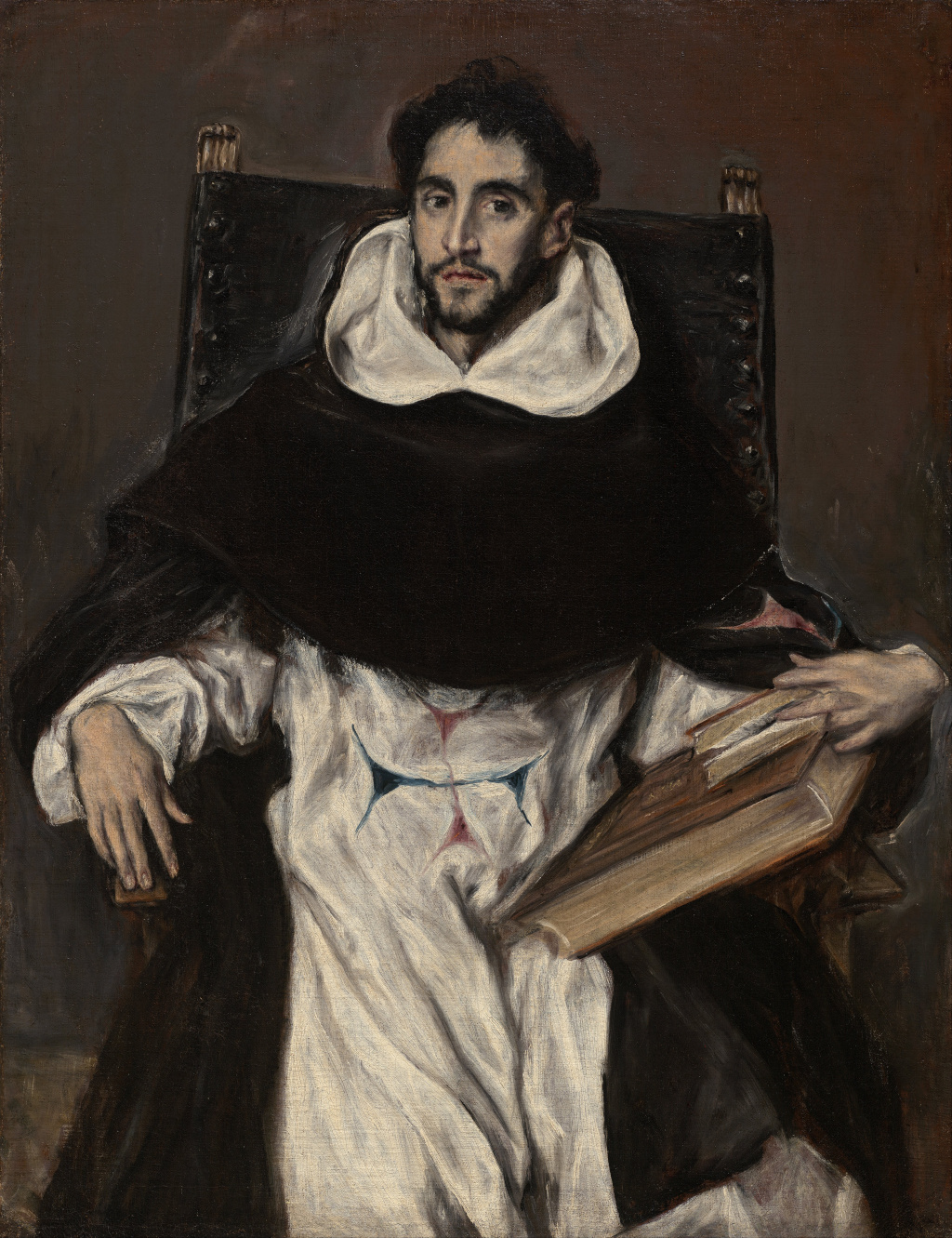This portrait of Fray Hortensio Félix Paravicino was completed by El Greco in circa 1609, just a few years before his death. The artist would complete a large number of portraits right across his career.
This important piece resides within the Museum of Fine Arts, Boston, USA, and illustrates how the artist's style of portraiture evolved across his career. The Trinitarian friar became friends with El Greco towards the end of his career. They hared a connection to Italy, with the friar's family having come from there, and the artist having lived there earlier in his life. Paravicino is believed to have been one of the true intellects of his age, rising to prominent positions even as a young man. He served in Spain during the time of Philip III and Philip IV and was held in high regard. In the spirit of friendship, he would dedicate several of his own poems to El Greco after the artist had passed away and so clearly the fondness was recipricated. The poems touched on El Greco's early years in Crete and his evolution to the Spanish painter that he became, and it seems the friar understood his journey just as well as anyone. The portrait itself places the subject in a positive manner, with a calm, confident persona.
Within this painting of Fray Hortensio Félix Paravicino, we find the friar looking directly back at us. He is sat on a large chair with leather backing. He wears his traditional clothing and has one hand around several books, which would refer to his intellect and occupation in life. El Greco allows his clothing to twist and turn, bringing interest to his outfit. He was a master of drapery, and this skill could be used in both his personal portraits such as this, but also in his large scale multi-figure pieces. Most of the scene is fairly dark, allowing the brighter regions to attract your attention immediately. This includes the white tones of his outfit, as well as his young, well groomed face. Notice too how his hands are elongated beyond what one might expect, and this was a common technique used by the artist in his later years. He became more expressive in this period, though this portrait is still relatively typical of the time.
The clothing itself is generally known as the Trinitarian habit. The artwork is sized at 112cm tall by 86cm wide, which is typical of the artist's work within this genre. His religious pieces could be much larger, because of the amount of detail that he liked to incorporate into them. The artist chose to allow his assistants to become more involved as he got older, and was unable to complete all of the commissions that came his way by this stage. His son started to lead the studio, and was capable artist though without the same levels of genius of his father. The studio would also produce reproductions of some of his works in order to generate further income for the family, with many local churches in need of decorative art at that time. This piece remains a popular artwork within the collection of the Boston museum, helping to draw attention to this important painter.





